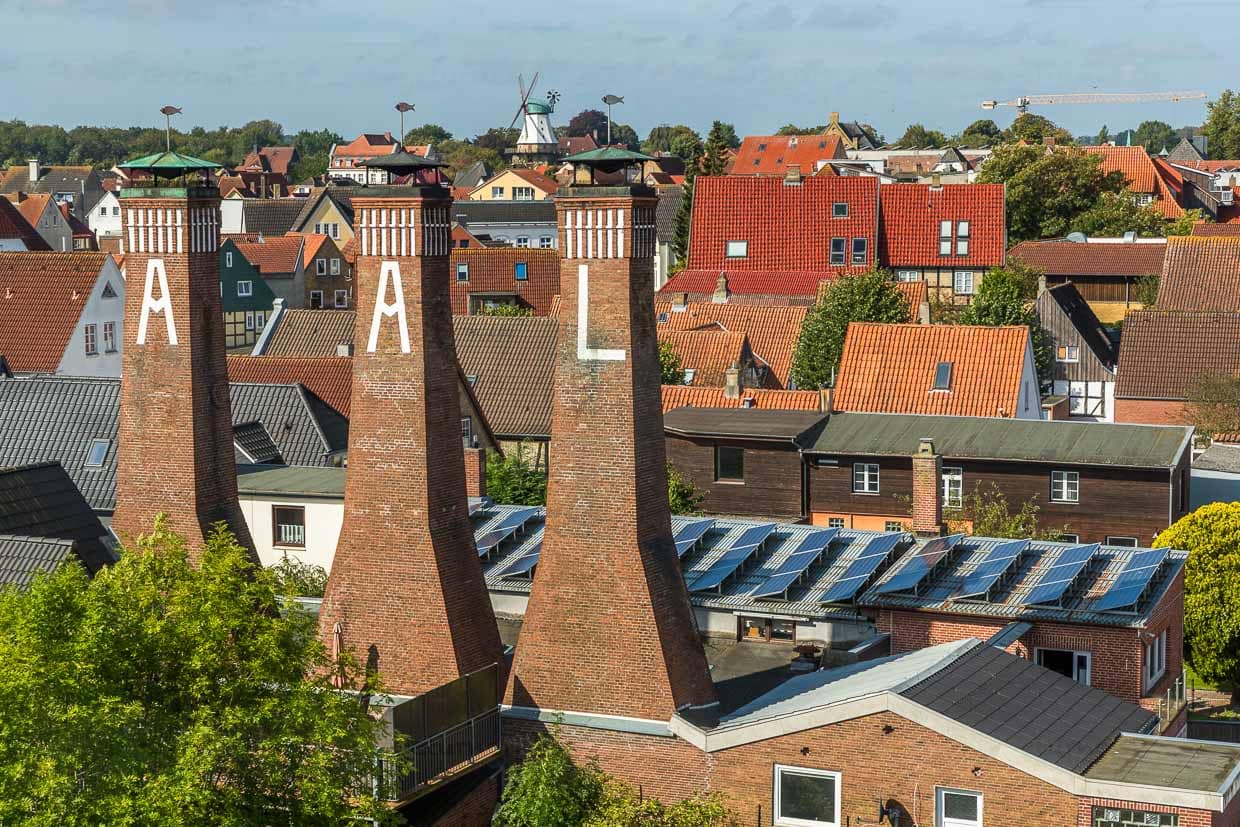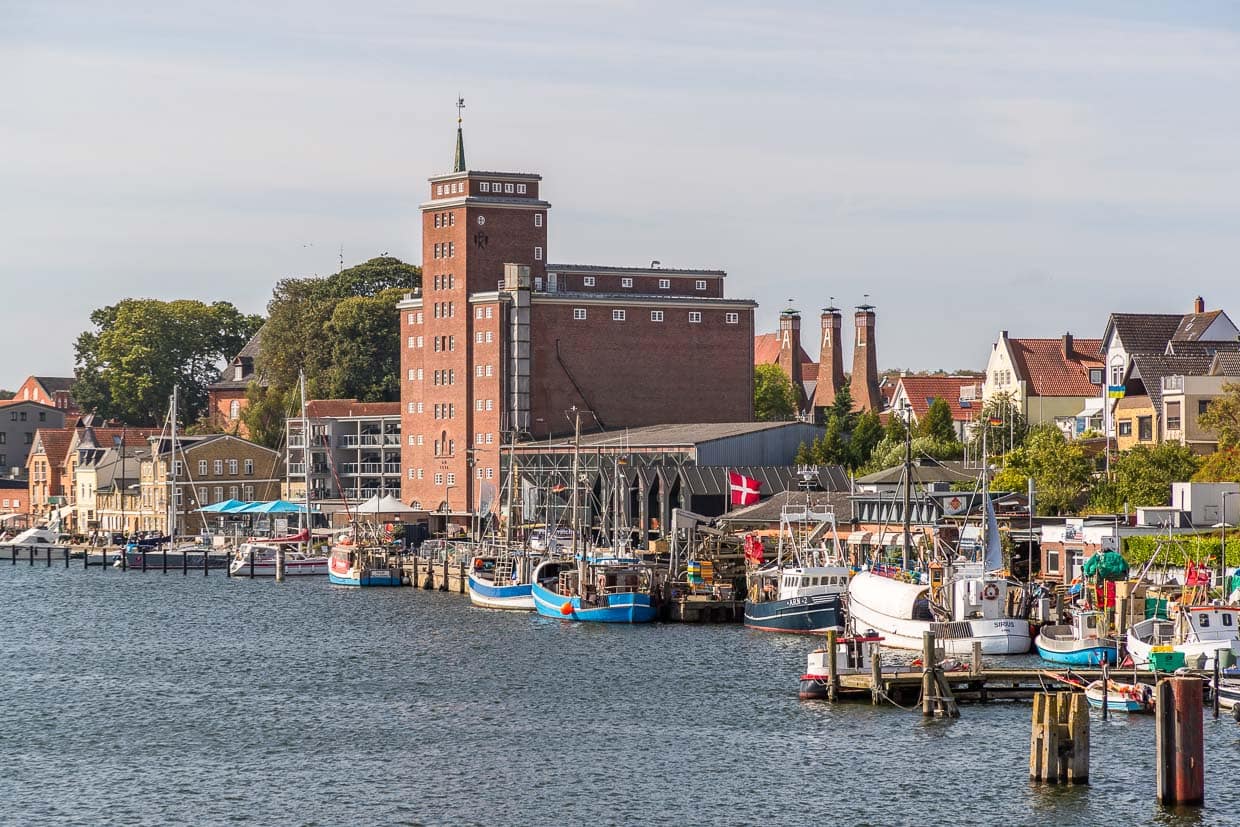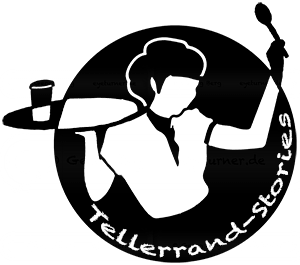Fish has a long tradition in Kappeln on the Schlei. You can see and taste it. Smoked fish, fried herring and matjes in many varieties are on the menus of the restaurants on the longest fjord in the Baltic Sea. We visit the Föh fish smokehouse, whose three chimneys labeled with the word “Aal” are the landmark of the town of Kappeln.

How about fresh fried rings, pickled and accompanied by hearty fried potatoes? Or with Kappeln herb matjes, smoked eel or Baltic Sea turbot? The fish restaurants on the Schlei offer all this and more. In Kappeln, the first town that the Baltic Sea fjord Schlei reaches after the estuary, there is no way around the Alte Fischräucherei am Hafen and the Fischräucherei Föh.

The last herring fence
The last herring fence in Europe is in the Schlei near Kappeln. 2,000 wooden stakes set into the Schlei’s bottom are a reminder of the great days of Baltic Sea fishing, when fishermen used this passive fishing method to reliably catch fat herring. The Kappeln herring fence is still ready for fishing, but the herring are no longer. The Baltic Sea and with it the Schlei are heavily polluted and biologically more dead than alive. Alongside herring, eel used to be the bread-and-butter fish of the Schlei fishermen. However, like herring, its population has dwindled rapidly in recent decades. Since 2010, Schleifischer has been releasing around 80,000 young eels every fall in order to regenerate the stocks. They know it will be a long road before a recovered eel stock will once again provide future fishermen and anglers with good catches. Even if the great time of the grinders is over, the excellent quality and variety of fish dishes remains. Traditional businesses and restaurants usually source their fish from other regions.

Smoked fish since 1911
Weatherfish instead of weathercocks turn on the brick towers of the Föh fish smokehouse. That’s fitting, because down below in the 20 smoking ovens, everything has revolved around fish for over 100 years. The Föh family in Kappeln is now in its fourth generation of production. It all started with a small outdoor smoking area. Herring and sprats were the main products back then and traveled by rail to Saxony, Thuringia and Berlin. The Saxons preferred dark-smoked herring, which had a longer shelf life. This so-called long-life product was nicknamed “chimney herring”.


Eel over everything
In the 1930s, the Föhs expanded their range to include smoked eel, says Matthias Föh. The eel became a bestseller and has remained so to this day. Due to the endangered stocks, eel is a high-priced smoked fish. Matthias Föh shows us how to fillet a smoked specimen. After removing the skin, he goes over the fillet flesh with a knife and scrapes off any excess fat. The eel meat is aromatic and fatty and also contains vitamin D. The trick with the knife makes it more digestible, explains fish expert Föh.

Spring and fall are high season for fish fans
The Schlei region is no longer an insider tip; it often gets crowded in summer. But spring and fall also invite you to go on bike tours or long hikes along the maritime landscape with its idyllic little villages. Spring is ideal for fish lovers, as this is the peak season for herring. Green herring, also known as Schlei herring, can be found on menus. It is dusted with flour and seared on both sides. October marks the beginning of the fishing season for Baltic silver eels, which can only be caught until the beginning of December.


A bed in the granary
The Südspeicher and the Pierspeicher are two stylish accommodations in Kappeln. A modern hotel and bistro with a sustainability concept and a cool mix of concrete and hygge with a view of sailing ships and the Schleibrücke bridge was created in 2022 from the former granary at the southern harbor from the 1930s.


More information about the holiday region Ostseefjord Schlei.
The research was supported by the TH Hospitality Group


